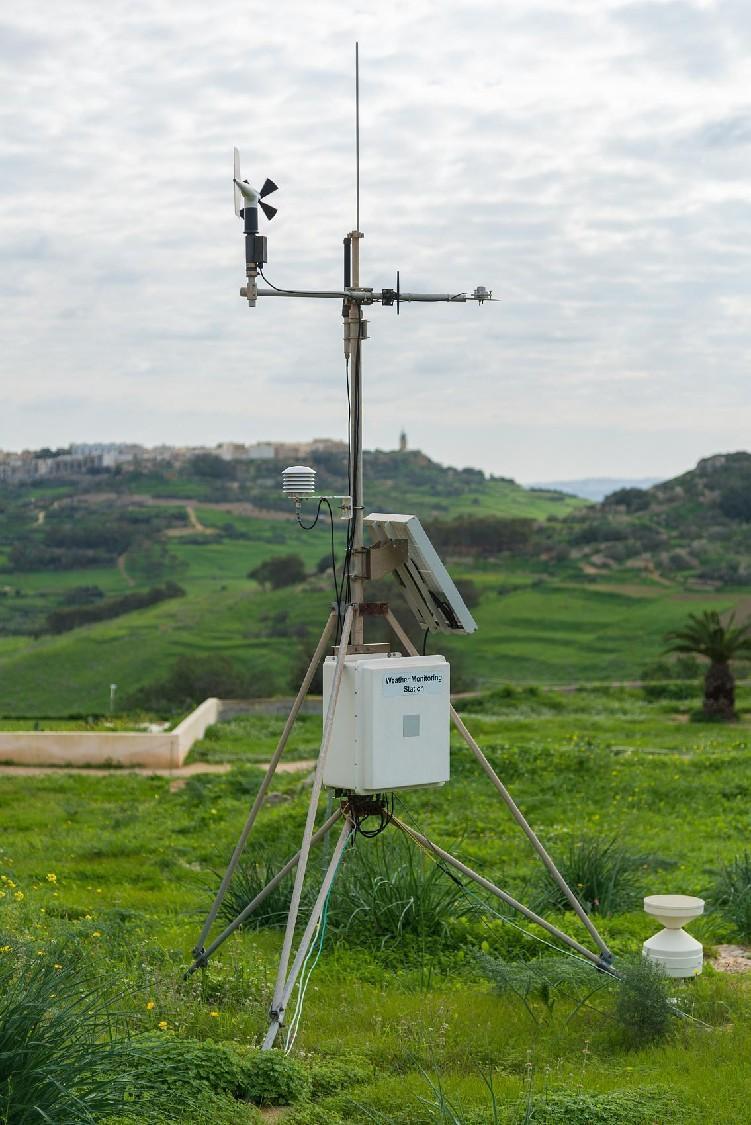 To start, let's specify what a automatic weather station entails.
To start, let's specify what a automatic weather station entails.
An automatic weather station represents the up-to-date model of the standard weather station. These terminals
can operate autonomously or as part of a broader meteorological network. They have actually ended up being
the worldwide criterion in environment and boundary-layer meteorology.
Automated weather stations mostly furnish surface-level weather data, encompassing:
Temperature
Wind Speed
Wind Instructions
Precipitation
Moisture
Solar Radiation
Air pressure
While this roster isn't exhaustive, it envelops one of the most widespread measurements. Depending on the
details automated weather station, added specifications like cloud elevation might likewise be monitored,
contingent upon the station's setup.
These automated weather station are outfitted with specialized instruments customized to measure the surface
weather condition monitorings mentioned previously. Among the parts of a weather station are a thermometer
for temperature assessment and a barometer for keeping track of air pressure. We'll lay out the different parts
and their functions in the section listed below committed to weather sensing units, so keep reviewing!
Relying on the service provider and model, automated weather stations make up a number of essential
components. Each part serves the purpose of allowing the station to capture and transfer varied atmospheric
data. Here are some typical pieces of equipment usually found in automated weather stations:
Weather instruments Sensing unit: This part is essential for collecting data on different climatic parameters.
Lightning Sensing unit: It discovers and videotapes lightning task in the vicinity.
Sensing unit Sanctuary: This shelter offers security for sensing units against adverse weather conditions,
making sure accurate dimensions.
Rain Gauge: It gauges the amount of rainfall, essential for comprehending regional weather condition
patterns.
Information Logger/Network Appliance: Responsible for collecting and saving information, frequently
promoting its transmission to a central database or display screen.
Data Display: This element presents real-time climate info in an user-friendly layout for easy interpretation.
Weather condition Electronic camera: Some terminals are geared up with cameras to visually capture
weather, supplying additional context to the accumulated information.
For optimum functionality, it is necessary to strategically set up weather stations. Here are some key standards:
Rainfall Collection: Setting the weather station where it can successfully accumulate rainfall at its leading
unit This makes certain precise dimension of precipitation.
Outdoors Blood Circulation: Choose an area with unhampered air circulation to make sure exact analyses.
Stay clear of putting it in edges in between wall surfaces, as this can impede air circulation.
Sunlight Direct exposure: Weather stations are flexible and can be placed in either full sun or shade without
jeopardizing temperature precision.
Warm Resource Avoidance: Guarantee the station is put far from warmth sources like cooling units
smokeshafts to stop interference with temperature readings.
Clear Line Of Vision: Keep a clear line of sight between the controller and the weather station for optimum
communication. This boosts information transmission and total efficiency.
Wireless automated weather stations are commonly made to run within an optimal variety of 1,500 feet in an
unhampered line of sight from the controller to the weather station. Nevertheless, for outdoor installations,
it's typically advised to remain within a maximum distance of 600 ft. This safety measure accounts for numerous
weather conditions and possible barriers that can impede interaction integrity.
In situations where the controller is situated inside, such as in a building, basement, or shielded by a steel
vandalism shield, interaction is generally reliable up to a range of 200 ft from the controller. Just like any
wireless communication system, distance plays a significant duty in making certain optimum efficiency.
On the other hand, wired weather stations come geared up with a 35 ft cable television, however this can
be extended to cover distances of up to 3000 ft. Weathermatic offers convenient solutions for expanding
wired connections, including 100 feet secured cord splice kits (component number: SLC100) and 1000 feet
kits (component number: SLC1000), full with waterproof reduce jackets to make certain longevity and
weather condition resistance.
Mushroom cultivation requires a carefully contro
In today's fast-evolving agricultural landscape,
Coffee bean cultivation is highly dependent on s
Contact: Molly
Phone: +86-17775769236
Tel: 86-0731-85117089
Email: molly@codasensor.com
Add: Building S5, Aux Square, Yuelu District, Changsha City, Hunan Province, China
We chat